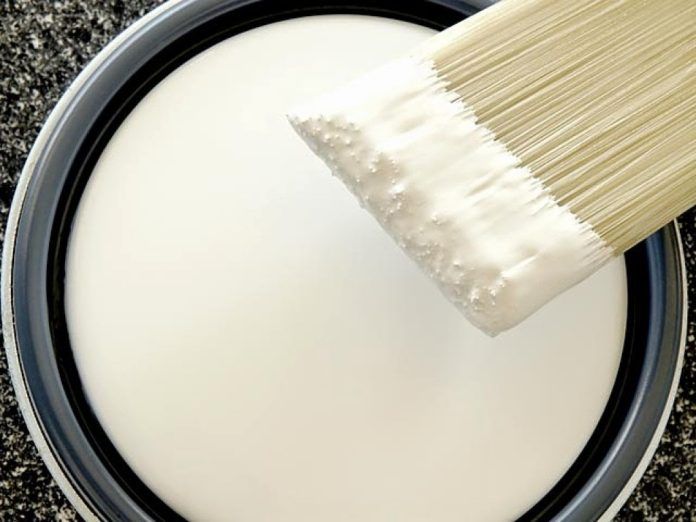The solar power technology is not new. It is cost effective and also reduces our reliance on fossil fuels. Now, Tesla solar roofs even showed us how chic the solar panel roof of the future will look. Now, a new innovation out of Australia is poised to make clean energy even more appealing.
Scientists at the Royal Melbourne Institute of Technology (RMIT) have devised a paint i.e., solar paint that will be used to generate clean energy.
This solar paint actually composed of titanium oxide with a new compound synthetic molybdenum-sulphide. It also composed of a latter, that mimics as silica gel to keep them free from damage by absorbing moisture. But unlike silica gel, the new material also acts as a semi-conductor and catalyzes the splitting of water atoms into hydrogen and oxygen.
The paint can absorb solar energy as well as moisture from the surrounding air. It can then split the water into hydrogen and oxygen, collecting the hydrogen for use in fuel cells or to power a vehicle.
As scientists reported, this solar paint could effectively produce hydrogen fuel from solar energy and moist air. Additionally, it can convert a brick wall into energy harvesting and fuel production real estate. Though the paint isn’t expected to be commercially viable within the next five years.
Lead researcher Torben Daeneke said, “The paint would be effective in a variety of climates, from damp environments too hot and dry ones near large bodies of water. Any place that has water vapor in the air, even remote areas far from water, can produce fuel.”
“Our new development has a big range of advantages. There’s no need for clean or filtered water to feed the system. Any place that has water vapor in the air, even remote areas far from water, can produce fuel.”
According to scientists, the system can also be used in very dry but hot climates near oceans. The sea water is evaporated by the hot sunlight and the vapor can then be absorbed to produce fuel.
Other applications are covering areas that wouldn’t get enough sunlight to justify the placement of solar panels and increasing the capability of any property to generate clean energy. Any surface that could be painted a fence, a shed, a dog house transformed into an energy-producing structure.
